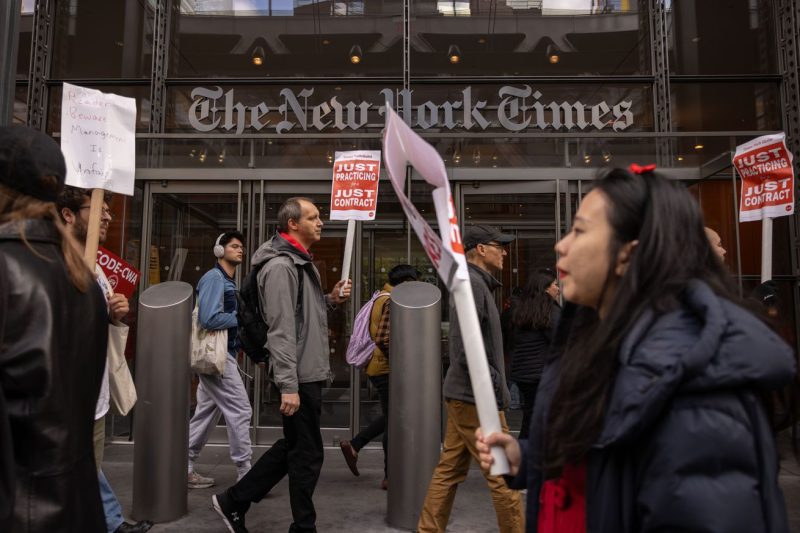Tech Workers Channel Creativity into Game Development During Strike
The tech industry is no stranger to strikes and protests. Employees of major tech companies often use their collective voice to demand better working conditions, fair wages, and ethical practices from their employers. Most recently, tech workers at The New York Times (NYT) went on strike to protest the company’s stance on labor issues. However, instead of just picketing and chanting slogans, some tech workers at NYT have found a unique way to channel their frustration and creativity – by making their own games during the strike.
Game development is a time-consuming and intricate process that requires a high level of technical skill and creativity. While some tech workers at NYT may not have professional experience in game development, they have the necessary programming and design knowledge to start creating their own games. Many tech workers have turned to game development as a form of self-expression and activism during the strike.
One tech worker, who chose to remain anonymous, described how working on a game helped them cope with the stress of the strike. Making games has always been a passion of mine, but I never had the time to fully dedicate myself to it. The strike gave me the opportunity to channel my frustration into something positive and creative. This sentiment was echoed by several other tech workers who found solace in game development as a way to stay productive and engaged during the strike.
In addition to serving as a form of personal expression, these games have also become a platform for tech workers to raise awareness about the issues they are fighting for. Some games feature themes related to labor rights, corporate greed, and worker solidarity, providing a unique and interactive way for players to learn more about the strike and its underlying causes. By leveraging the power of games as a medium for social commentary, tech workers at NYT are able to reach a wider audience and spark meaningful conversations about important issues.
Moreover, the act of creating games during the strike has fostered a sense of community and collaboration among tech workers at NYT. Many have formed small teams to work on projects together, pooling their diverse skills and talents to bring their game ideas to life. This collaborative spirit reflects the solidarity and unity that underscore the strike, as tech workers come together to support each other and push for positive change within the company.
As the strike at NYT continues, tech workers remain committed to both their demands for fair treatment and their passion for game development. The intersection of technology, creativity, and activism has given rise to a new form of expression for tech workers, allowing them to make a powerful statement through the games they create. By blending their technical expertise with their artistic vision, these tech workers are not only challenging the status quo but also paving the way for a more inclusive and socially conscious tech industry.
